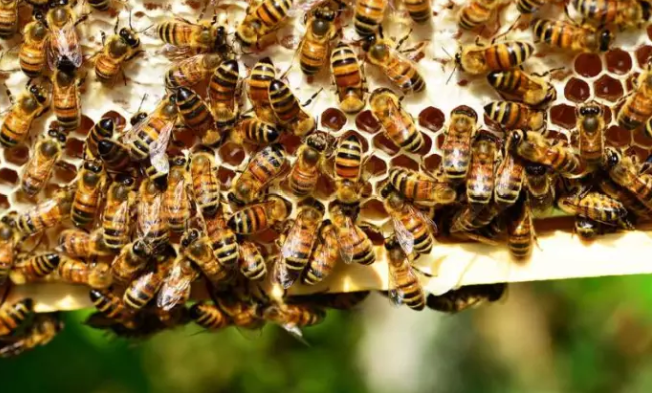Smart beehives and heat treatments could protect bees from decline

Since the mid-1980s, the number of bees in Europe has been in decline. Threatened by pesticides, insecticides and climate change, they are also being struck by infestations of mites and a crippling virus that deforms their wings. But new technology aims to take the sting out of the situation.
The number of Varroa mites, a bee parasite, has been steadily increasing due to warming weather conditions throughout Europe. The mites are a double threat to beehives because, in addition to feeding on baby bees, they also carry diseases, like the deformed wing virus.
Beekeepers first noticed this virus about thirty years ago in Japan. Researchers observed that bees were being born without wings, and subsequently kicked out of the hive, where they starved to death.
Up until now, the only way to combat the virus has been to keep Varroa mite levels low, and many beekeepers use chemical solutions for this. These chemicals can only be applied after the honey harvest, however, which poses a problem. Each year, the bee breeding season is starting earlier and earlier due to climate change, which gives the mites more time to reproduce. Beekeepers can be left with a dilemma if they need to put chemicals into the hive to exterminate the mites but still haven't harvested the honey.
According to Professor Wolfgang Wimmer of Austrian company ECODESIGN, chemicals like this can also affect the quality of wax and the taste of honey. However, he says there is an alternative.
'One can do a chemical-free treatment early in the year, leaving the mites and the virus with no chance of survival.'
Prof. Wimmer has been working on such a chemical-free solution that uses heat to rid the hives of Varroa mites.